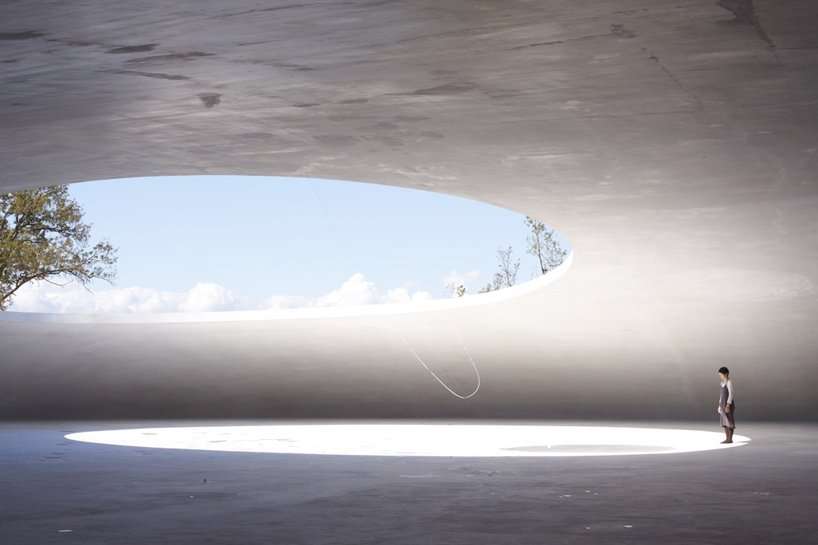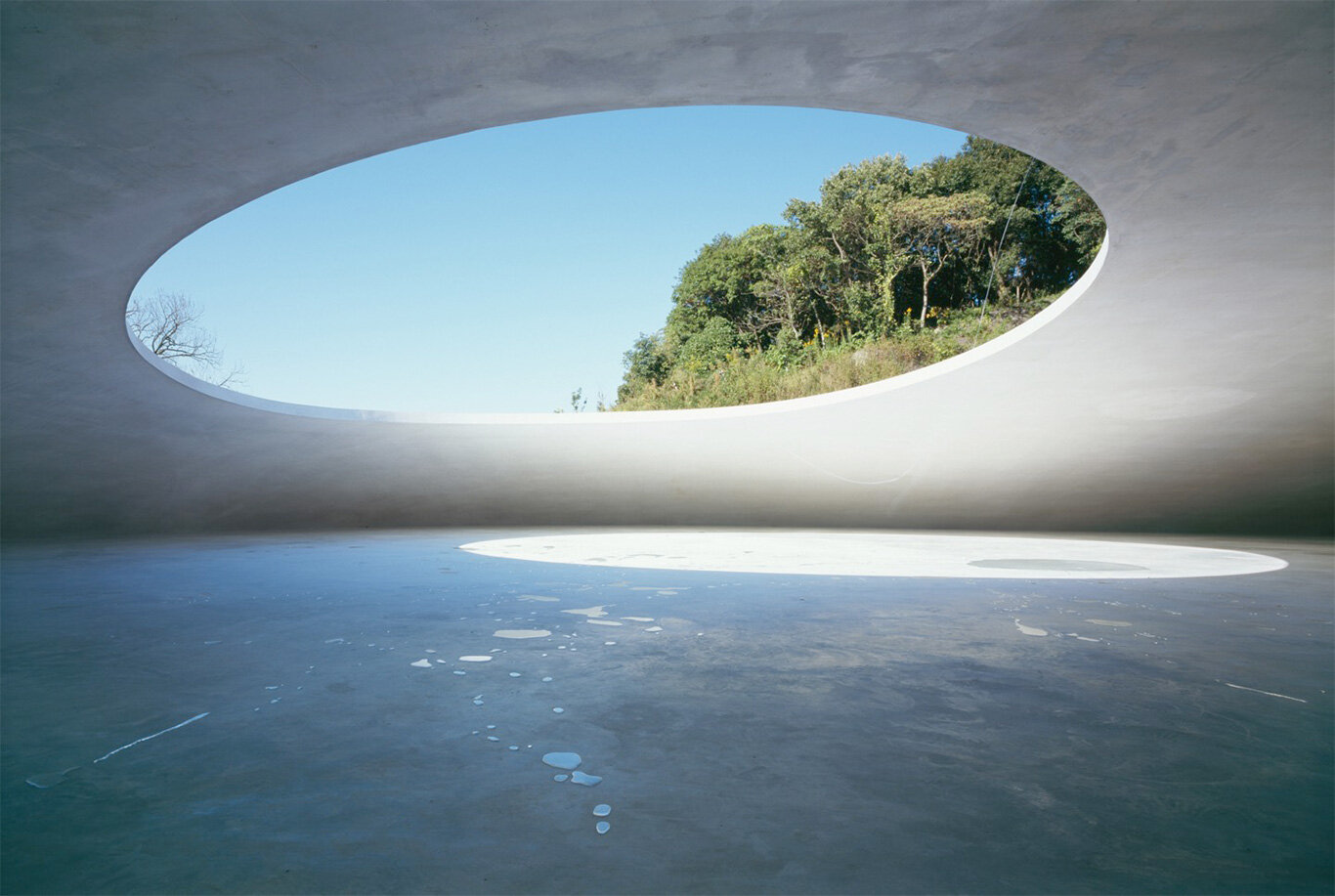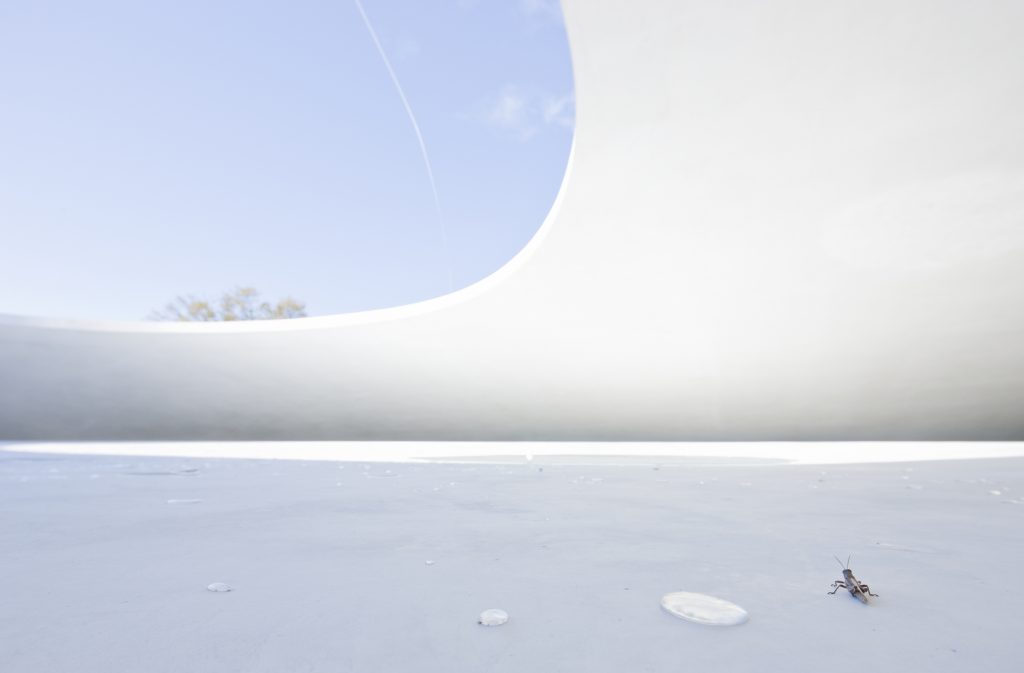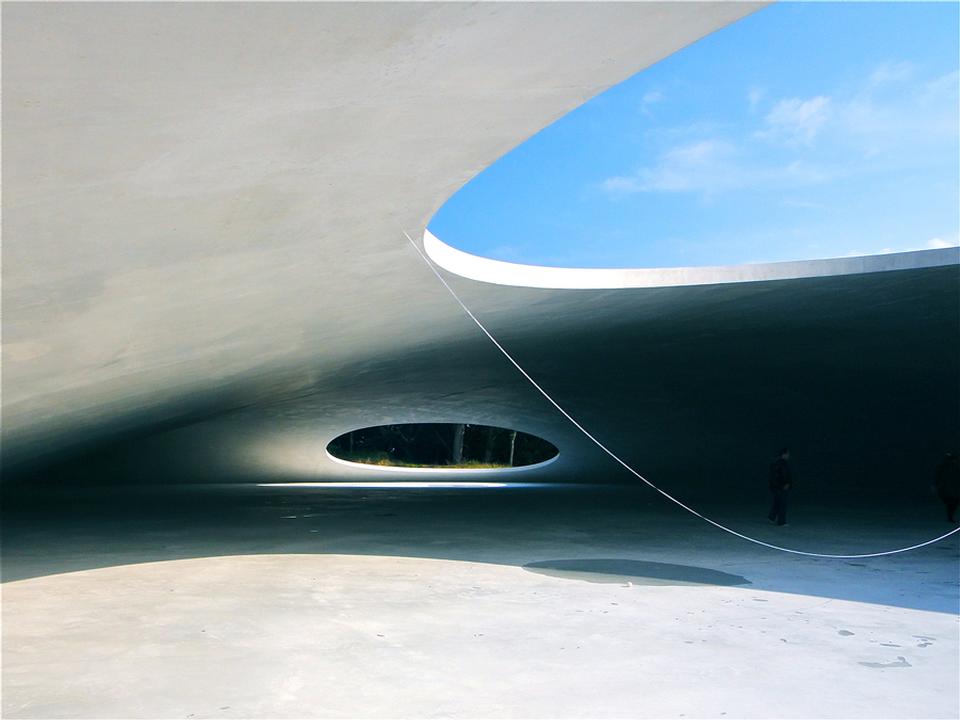
Life, Death, and Impermanence: Reflections on Teshima Art Museum
Disclaimer: This is a translated version of https://mp.weixin.qq.com/s/9uAfuMILdmVHpby0XQlApg

Teshima Art Museum is a masterpiece that evokes thoughts of both life and death. Bathed in sunlight, the museum resembles a white seashell resting on a verdant field. Surrounded by forests, the open-air artwork feels seamlessly integrated into nature. Even the entrance requires a detour through the woods before revealing itself.
According to online reviews, the only “exhibit” inside Teshima Art Museum is water. Water—a fundamental element for human survival and the origin of life on Earth billions of years ago. Often, we marvel at the beauty of classical art or ponder the mysteries of modern art, but we overlook the inherent artistry of something as natural as water. Thanks to Rei Naito, we are reminded to see it anew.
The Experience Within
Visitors are “required” to enter the “seashell” barefoot. Inside, you must carefully avoid puddles on the uneven floor and ensure you don’t get tangled in the fine threads hanging from above. These threads, placed near the openings, sway gently with the breeze.
The designer intentionally made the ground uneven. On flat surfaces, water droplets remain still. In uneven areas, they form small puddles, collecting natural dew and rain. For days without sufficient rain, small holes in the ground continuously seep water. Up close, you’ll notice the water emerges at varying speeds—sometimes a single drop, sometimes a stream of droplets skittering across the floor. Under gravity’s pull, the droplets inevitably converge into larger puddles.
Beginnings or Endings?

When I visited Teshima Art Museum, it was a warm, languid early spring day. With a calm and unburdened heart, I stepped inside. Time seemed to stretch out endlessly.
Accompanying me were a foreign family and their two young children. The younger girl, not yet in full control of herself, babbled unintelligibly, her parents flustered and unsure how to quiet her. So, as I explored the space, the child’s cooing, reminiscent of a newborn’s first cries, echoed occasionally in the background.
Amid this soundscape, I watched the water droplets, each trailing long tails, flow toward the puddles below. The scene evoked the origins of human life—water as the cradle of existence, the first stirring of life. As for the frantic parents, I couldn’t help but wonder if Rei Naito would agree with the strict silence typically expected in such spaces.
Of course, this same scene can carry another interpretation. Each droplet mirrors the individuality of every person on this planet. Each begins its journey uniquely, following its own path, yet inevitably all converge at the same “puddle”—death. In this sense, human fate embodies a paradox of both difference and unity.
The Fragility of Threads

Then there are the fine threads suspended in the museum. There is no such thing as eternal tranquility. In the face of nature, humans are like these threads—swaying in the wind, weathering the sun, rain, and storms, powerless to resist.
At a micro level, an individual’s destiny feels insignificant when viewed against the vast currents of history. People often strive to grasp the intangible—time slipping away, the threads of fate or love—but these efforts are often in vain.